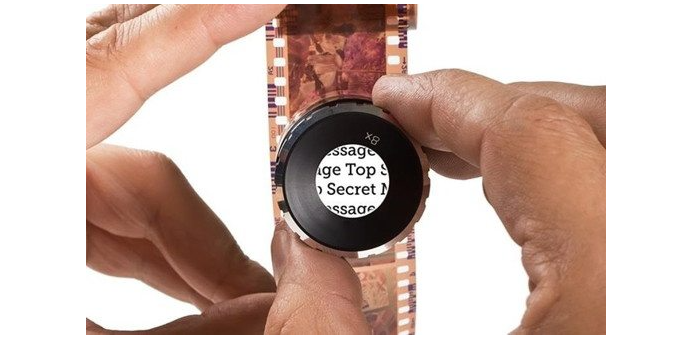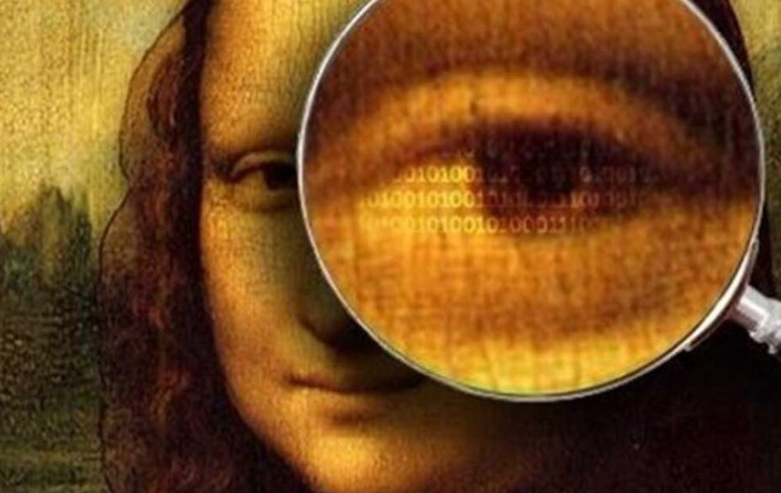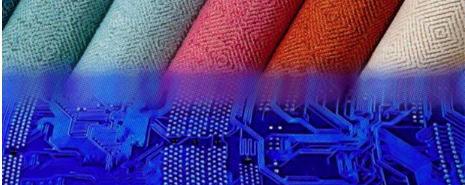Do you know what is steganography?

Steganography is the practice of hiding a secret message inside (or even on top of) something that isn’t secret, that something can be almost anything you want. These days, many examples of steganography involve embedding secret text inside an image, or hiding a secret message or script inside a Word or Excel document.
The purpose of steganography is to hide and deceive, it is a form of covert communication that can involve the use of any means to hide messages. It is not a form of cryptography, because it does not involve scrambling data or using a key, instead it is a way of hiding data and can be executed intelligently. While cryptography is a science that largely enables privacy, steganography is a practice that enables secrecy and deception.

Information hiding is related to two fields, steganography and watermarking, there are three main aspects for information hiding, capacity, security and robustness. Capacity means the amount of information that can be hidden, security refers to the inability of a snooper to detect hidden information, and robustness the amount of modification the covering medium can withstand before the hidden information becomes corrupted.
The main types of steganography are:
Pure: Pure steganography does not require the exchange of a cipher such as a stego-key. It is assumed that no other party is aware of the communication.
Secret key: Here the secret key (stego) is exchanged before communication, this is more susceptible to interception. Secret key steganography takes a covering message and embeds the secret message within it by using a secret key (stego-key). Only the parties that know the secret key can reverse the process and read the secret message.
Public key: In this case, a public key and a private key are used for secure communication. The sender will use the public key during the encryption process, and only the private key, which has a direct mathematical relationship to the public key, can decrypt the secret message.
Let’s do the following practice and apply our knowledge of steganography!





Responses